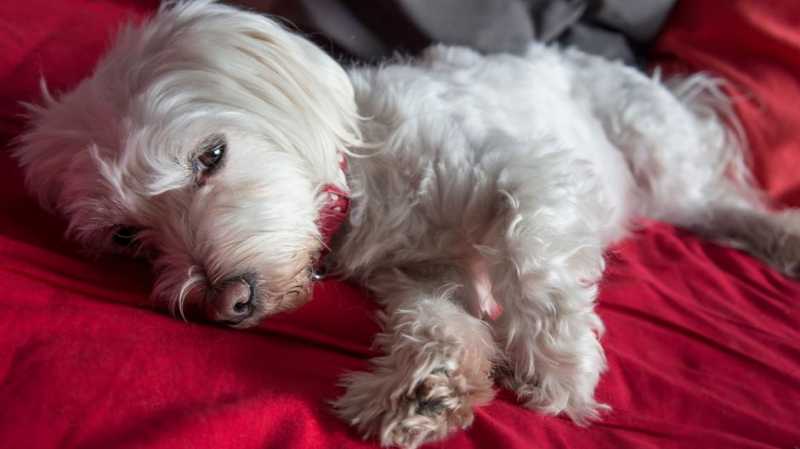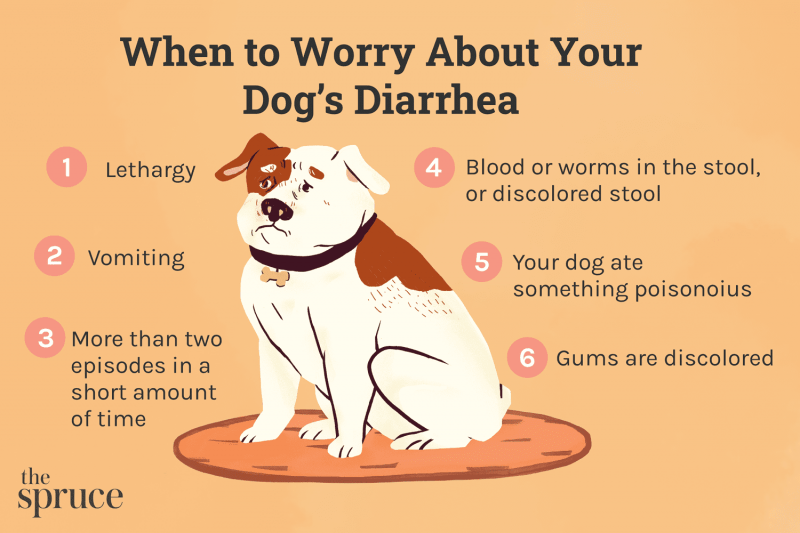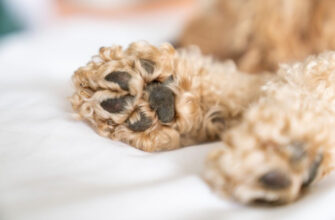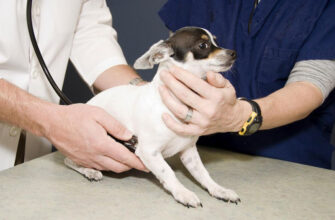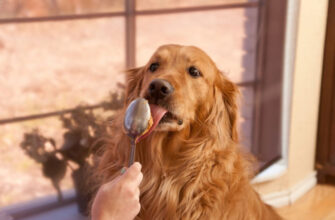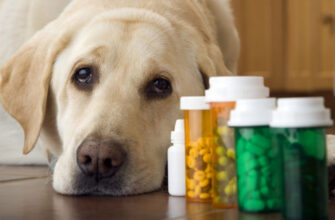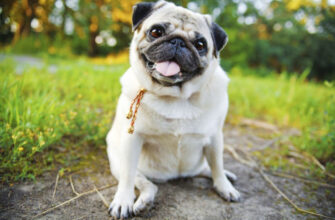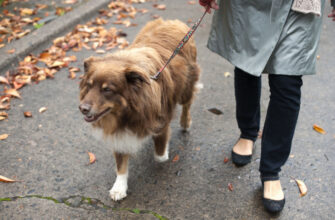There’s a pretty good chance your dog has had diarrhea at some point. Diarrhea is characterized by the passing of watery or very soft stool and is one of the most common signs of illness reported by dog owners. It’s important for dog owners to understand why dogs have diarrhea and also know how to respond to it—what you can give them to treat diarrhea, when to be concerned, and more. Identifying the cause of your dog’s diarrhea will minimize the chance it happens again.
Why Do Dogs Get Diarrhea?
Diarrhea is common in dogs and may be caused by a variety of things. For example, it may be the result of something as simple as a dietary indiscretion (we all know some dogs who get into the trash or eat table scraps). Or it may be related to something more serious, such as an infectious disease or ingestion of toxins.
Occasional diarrhea is not considered to be normal. If your dog has diarrhea off and on for more than a week or two, you should schedule an appointment with your vet. Bring a stool sample, as checking for intestinal parasites is one of the first steps in diagnosing your dog’s condition. Other diagnostics, such as blood testing or X-rays may be necessary, and your vet may discuss medications, supplements, and dietary changes.
Treatment & Prevention
First, try to get past the “yucky” part of things. Everyone poops. As your dog’s caregiver, you should be able to evaluate its stool so you can discuss it with your vet. Of course, you should always wear gloves or use a plastic bag to handle the stool. Be sure to wash your hands well after handling your dog or its stool.
What to Look out For
If your dog has diarrhea, try to collect a sample. You might need to take it to the vet later. Take a look at the stool’s consistency and color. Is it watery? Pudding-like? Formed but soft? Is there blood present? Mucus? Is it black and/or tarry? Do you see pieces of toys, clothing, or other inedible material in it? Make a note of this, because your vet will ask.
If lethargy, vomiting, or other signs of illness accompany the vomiting, make a note of this too. If you can’t take the stool sample to the vet right away, store it in the fridge in a sealed bag or container. Many people prefer to double-bag it because it is poop, after all.
One or two episodes of diarrhea are not necessarily reasons to become alarmed. Some cases of diarrhea are self-limiting (meaning they resolve on their own). If your dog is still eating and drinking, that’s a good sign. Never give over-the-counter or prescription medications without your vet’s advice. If you’re that concerned, it’s best to just to take your dog to the vet.
Continued diarrhea can lead to dehydration or weight loss and could be a symptom of an underlying illness. It’s important not to ignore symptoms when your dog is sick. Dogs often hide their illnesses for as long as possible, acting as if they feel normal when there’s really something more serious going on.
When to Call a Vet ASAP
If any of the following circumstances apply, contact your vet immediately:
- Episodes of diarrhea are frequently repeated over several hours.
- Your dog shows extreme lethargy or lack of responsiveness.
- You suspect your dog has ingested a toxin.
- You see excessive amounts of blood in the stool (light spotting isn’t necessarily an emergency, but call the vet if it continues).
- Stool is black and/or has a tarry appearance.
- Your dog is on medication that may cause diarrhea (stop giving the medication and call your vet).
- You suspect your dog ingested a foreign body, such as a toy or clothing.
- Your dog’s gums are pale, white, bluish, or gray in color.
- Your dog’s abdomen seems painful and/or distended.
- You see worms in the stool (not an emergency, but a dewormer will be needed).
- Diarrhea occurs for more than 24 hours.
- If you’re in doubt, just call the vet.
If your dog has diarrhea one time and otherwise acts completely normal, you can probably continue with its normal routine and feeding. Just keep watching for diarrhea, vomiting, loss of appetite, and signs of illness. Note that dogs with diarrhea may strain to defecate with little or no stool production. This is not necessarily a cause for concern unless it continues for more than a day.
Feeding a Bland Diet
If your dog has diarrhea again at the next bowel movement, try changing to a bland diet temporarily. To prepare a bland diet, boil unseasoned chicken breast with plain white rice OR ground low-fat meat with plain white rice. Drain off any residual fat after cooking. Don’t add salt or seasoning. Feed your dog the bland diet until the next day. If the diarrhea begins to improve, your dog has a good appetite, and there’s no vomiting, you can start to gradually add your dog’s normal food to the bland diet mixture. Call your vet if diarrhea continues for more than 24 hours.
As you likely know, diarrhea cannot be entirely prevented. Preventive measures related to your dog’s diet are your best bet to guard against diarrhea. Avoid table scraps, human food, and letting your dog eat foreign objects or materials outdoors. All of these can cause digestive issues and generally wreak havoc on a dog’s gastrointestinal system.
What Can You Safely Give Your Dog If It Has Diarrhea? If you suspect your pet is sick, call your vet immediately. For health-related questions, always consult your veterinarian, as they have examined your pet, know the pet’s health history, and can make the best recommendations for your pet.
